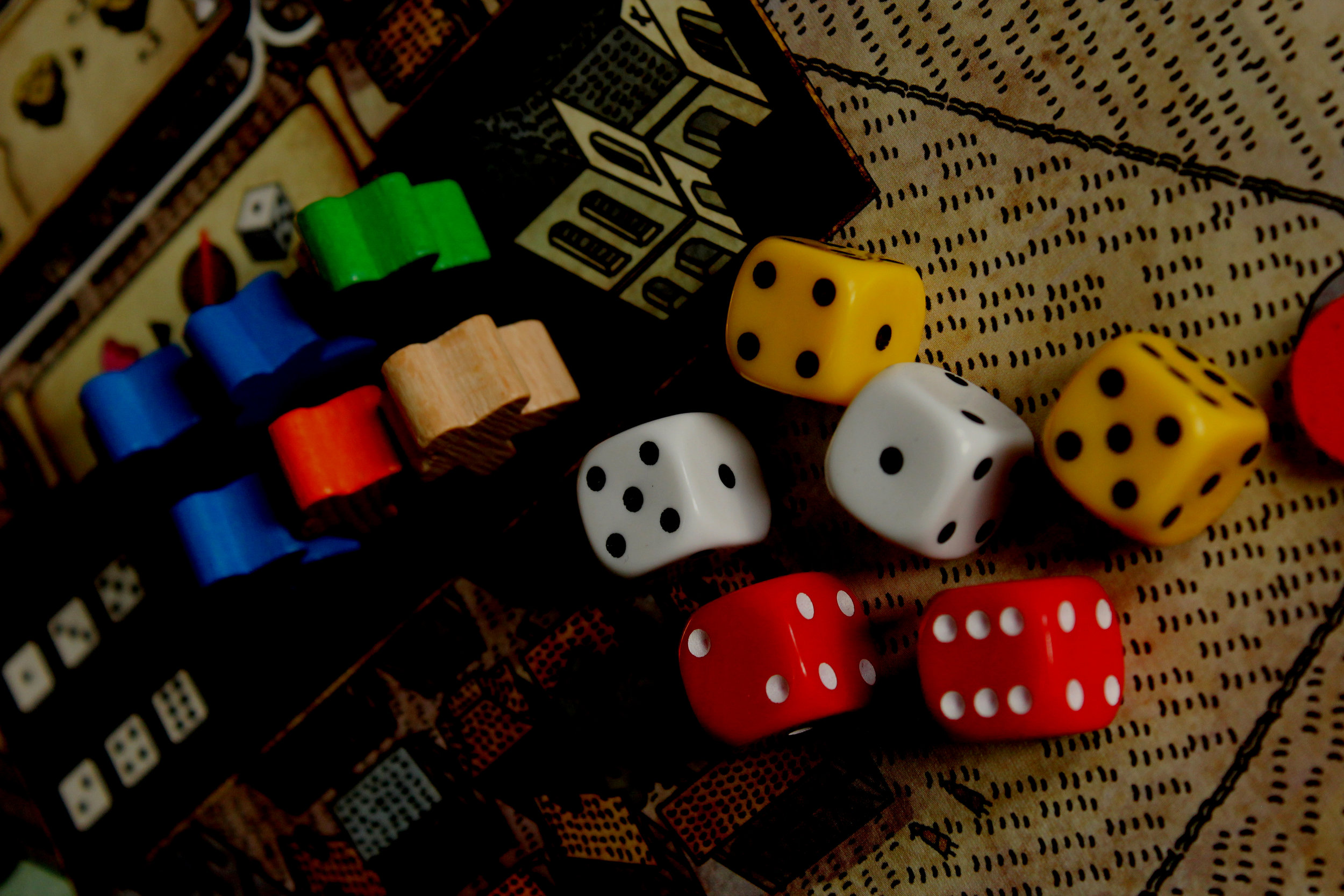
University XP
Games-Based Learning
This article will explore the aspects of games as mediums for interactions. It’ll examine games as constructs for occupying a particular space and how players interact with it. Games will also be explored as pieces of art and how they influence narrative aspects such as stories. Often, the interactive elements of games are shaped by their genre and themes. This will be discussed in addition to how games are often structured as a means for social interactions. This kind of structure can serve as a means of establishing socially normative activities between and amongst players.
This article will examine how that can be achieved though diligent focus and purposeful design. It’ll first cover the structure and use of learning objectives and outcomes for instructional design and learning experiences. These will then be compared to games-based learning and the use of games as the medium for learning.
This article will address how to develop, adapt, and apply existing and new games for these purposes. It’ll first cover the overall applications of games-based learning and then cover examples on how formal game elements and different criteria can be used to meet these learning outcomes. Specific types of games, formats, and modalities will be explored as well as how their specific characteristics benefit applied games-based learning. Furthermore, specific steps for how to prepare to use and design games for learning outcomes will be discussed.
This article will define educational games. It’ll explore why we should consider using educational games for teaching and learning as well as explore the evolution of educational games over time. Specific disciplines and how they are addressed by educational games will be discussed as well as different types of educational games. Engagement and efficacy of educational games will be covered as well as how they are interpreted by players through the player experience.
One of the hardest and most difficult questions that can be asked about games is what they are and how they are defined. The answers, responses, and philosophies regarding these big questions are as diverse and varied as those who have sought to define them. Therefore, this article will attempt another take on defining games and discussing their meaning and interaction for the people that play, define, apply, and share them.
This article will explore the player journey. It’ll start by defining this term and outline reasons for its importance. The player experience is an important aspect of the player journey. Therefore, it’ll be examined in depth as it relates to individual motivations and how they affect both goals and achievements during the player journey.
This article will examine progression systems in games closely. It’ll start by defining these systems and why they are so important. Different types of progression systems will be covered as well as how common features of progression systems are present in games. The core loop, as well as goals and objectives of games are tightly connected to progression systems. Therefore, these disparate areas will be connected and related to how different examples of progression systems use them in concert with one another.
This article will define what we mean by “game state” from multiple different perspectives. It will discuss different characteristics and types of game states and the roles that they play for commercial and applied games. Game states often are tightly related to the game rules and mechanics. These two aspects will be discussed in depth in addition to other “tangible” elements of games play such as game objects, movement, and environmental states.
This article will define player engagement and relate it to its roots in understanding player motivation. Player engagement has most to do with the amount of time that players engage with the game and how their investment best relates to the player experience. That player’s experience is informed by multiple sources. They include interaction and how players augment the game; how players receive and interpret feedback, and how challenges and difficulty are scaffolded and presented to players through games and games-based learning.
We don’t often think about when we first started playing games. Or really the “first” game that we ever played. Most players are preoccupied with the game that they are playing “now” or the game that they will play next. Yet, we don’t stop to think about what we already know about games and how we’ve applied that to learning and experiencing new games.
This article will first define choice architecture as well as discuss its relationship between how choices are structured and its impact on consumers (users, learners, and players). The underlying philosophies of choice architecture will be explained as well as how they inform choice structure.
This article discusses games as liminal spaces. But prior to diving into that, it will first define “liminality” as well as provide some of the most critical characteristics of liminal spaces. Liminality will be reviewed from multiple disciplines as well as situate the term in relation to transformation and transition. Liminality can be experienced in multiple different modalities and in different places and stages. Therefore, this article will examine liminal experiences in physical spaces as well as non-physical ones.
This article will define tactics and strategy and then compare the two in both structure and application. Both tactics and strategy have a specific and special relationship with one another. This relationship often defines the philosophic considerations of what exactly goes into tactical and strategic decision making. This relationship will be explored through several different examples of tactics across different domains.
This article will explore and define the term “casual players.” In understanding casual players, we must first review and examine casual games. So, casual games will be defined along with relevant characteristics of casual games such as complexity, mechanics, and theme.
What makes the “ideal” board games player? Some say that it takes someone who fully understands the rules. Others would say that it’s more about those who pay attention to the game rather than be subjected to distractions. Some feel that it’s tactical play and strategic thinking that makes the ideal tabletop player.
This article will also cover how game goals work in concert with player agency and how designers can take advantage of player skill development while simultaneously mitigating luck and randomness. The player experience represents the defining factor for players engaging with games for learning; so, player feedback loops as well as how failure is addressed will also be considered.
This article will review these characteristics of analysis paralysis as well as how individuals make choices and the framework in which they come to those decisions. The results and solutions to those decisions will be discussed as well as how the overall speed of the process is fluid in the face of players’ motivations, frameworks, and goals.
This article will define the use and purpose of the term “strategy game” and how the term “strategy” affects and influences both game structure and the decision making framework for players. Strategy in games is addressed differently dependent on game type. Therefore, this article will address strategy in abstract games, war games, video games, simulations, idiogames, euro table top games, and team games.
This article will first define what Yomi is as well as how it influences and affects the prediction of actions of opponents and other players. The minds, motivations, and strategies of other players will be discussed as well as how it influences Yomi. Yomi in relation to strategy and how it affects expert players will be covered as well as how all players can examine and study their own actions for their own player development.
This article will address the steps necessary for adapting games for learning. It’ll cover why educators should first adapt games for games-based learning. Challenges that educators often face with adaptation will be addressed as well as how a strategy can be outlined for game adaptation.
This article outlines and describes the flow state in the player experience. It’ll also explain the most important and influential reasons for designing for flow. Flow state is comprised of a balance of goals and feedback and how both are reflected and influenced by perceptual control. So, this article will examine how these disparate elements work together to help players engage in that state.
This article covers the concept of player relevance in depth. Specifically, it defines the term “player relevance” for the context of this article. Player agency and its relationship to player relevance will be covered and discussed. The decision space and individual motivations are equally important for determining player relevance. Therefore, this article will discuss both in relationship to the player journey.
This article will review scaffolding in both an educational and games-based context. Uses of scaffolding will be discussed as well as how it affects and influences individuals’ learning and metacognition. Like many things games-based learning related; scaffolding relates highly to the learner and player experience. So time will be spent relating scaffolding to the experiences of the individuals learning and playing.
This article will define game balance for the purposes of this discussion. Game balance will be addressed as a factor in game design. Game balance strategies will also be covered from a development standpoint. Game balance also plays a critical role in defining and shaping the player experience. Therefore, game balance will be addressed as a factor that is both experienced and interpreted by players. Finally, game balance principles will be covered as it relates to the design process and its relationship to player agency and competency
This article will review why players reflect. It includes an in-depth analysis of players’ reflection in games-based learning as well as how introspection plays a role in game play. Reflection is compared to metacognition and the overall effect this has in its affect on the player experience.
This article will provide an overview on debriefing as well as the fundamental reasons why debriefing should be included in games-based learning. Games-based learning is part of the experiential learning cycle. So, a connection on this method of teaching and learning will be made as well as how instructors can outline goals for debriefing.
This article will define expectancy theory as well and describe its origins for understating human motivation and behavior. Motivation will also be covered as a facet of the educational process as well as expectancy theory’s origins in management as a way to better connect employee performance and rewards.
This article will explore some larger concepts such as “What is meaning?” More specifically, the article will attempt to define what meaning making is as well as how it is connected to meaningful play. Developing an understanding about how making occurs is important to addressing how meaning making and learning are connected. Only then can meaning making through games and game play be further explored. This article will discuss the meaning making process for players in games; game structure; and game mechanics.
This article will review the use of games-based learning as well as reiterate the main reasons why you should consider using it in your teaching and instruction practice. Games-based learning as a student centered approach will be discussed as well as how gameful applications can be explored in education.
A recent Pew Research Center survey reveals that 85% of U.S. teens play video games, with 41% playing daily. The study highlights both positive and negative aspects of gaming: 56% of gamers report improved problem-solving skills, but 41% experience disrupted sleep.
Last semester, I used a simulation for the first time in my decade-long teaching career, and the experience was transformative. Initially hesitant, I found that simulations could enhance both teaching and learning by offering practical, modern experiences that better prepare students for their careers.
Honors Program students developed “The Giving Forest,” a video game about sustainable forestry, in collaboration with Menominee Tribal Enterprises (MTE). Presented at the Arbor Day Peace Tree Planting Ceremony, the game educates players on forest management, incorporating challenges like tornadoes and fires.
Kamaeru: A Frog Refuge invites players to collect and photograph various adorable frogs while exploring diverse habitats. Beyond the charming gameplay, the game emphasizes the importance of wetland preservation.
UC San Diego researcher Neil Smith received a $50,000 CA CARES grant to develop “The Climate Games,” a video game aimed at raising climate change awareness. The project, initially created in a class where students made mini-games about climate impacts on vulnerable communities, will be further developed with the grant.
During the final stage of the Redesigning Global Farming & Food Systems Master’s course, students showcased their serious games addressing food and agriculture challenges. The games, developed by the students, tackled issues like deforestation and food scarcity, aiming to help players explore different perspectives and envision future scenarios.
At the end of the spring semester, two courses—WLLC 398V Videogames and Human Agency and JWST 470/570V Special Topics in Jewish Studies—converged to explore the impact of Germany's Nazi past on the arts, focusing on videogames and censorship.
Christopher Robichaud, a senior lecturer at Harvard Kennedy School specializing in ethics and public policy, intertwines popular culture with philosophy to engage students in his classes. Believing that ethics should be accessible beyond academic circles, Robichaud incorporates superheroes and zombies into his teaching.
In Bryan McKenzie’s science classes at Chagrin Falls Intermediate School, fifth-graders have integrated board game creation into their learning. Responding to a challenge from Hasbro, students designed both traditional and electronic games to reinforce science concepts ahead of Ohio State Tests.
In the realm of board games, aesthetics play a pivotal role, from intricately carved chess pieces to vibrant designs on Snakes and Ladders boards. Evolving beyond gameplay alone, thematic artwork and high-quality components, like meeples, drive appeal across various game genres.
The board game industry saw substantial growth, reaching over $16.8 billion in 2023 and projected to hit $40.1 billion by 2032. This thriving market includes classics like "Scrabble," modern hits such as "Pandemic" and "Wingspan," which have amassed large followings.
Researchers at the University of Cincinnati have developed a novel speech therapy method using ultrasound and a video game featuring a goat on roller skates. Led by speech language pathologist Suzanne Boyce, PhD, the team aims to assist children in overcoming speech difficulties, particularly with the challenging "R" sound.
Recent research from UNICEF Innocenti, in collaboration with New York University and others, highlights that video games tailored to children's needs can significantly enhance their well-being. The Responsible Innovation in Technology for Children (RITEC) project emphasizes that digital gaming can foster autonomy, competence, creativity, and identity in children when aligned with their interests and desires.
The evolution of user experience (UX) in board games presents a unique challenge distinct from video games. Unlike the standardized interfaces of video games, where controllers and output systems remain consistent, board games continuously reinvent their interfaces with each new design.
Dr. Clarissa Giebel from NIHR ARC North West Coast addresses the barriers to dementia treatment with a board game aimed at raising awareness. Over a million people in the UK live with dementia, supported by over 700,000 unpaid carers, yet access to diagnosis and care is hindered by various factors including geographic location, socio-economic status, and system-level issues.
Video games have emerged as potent tools for fostering moral development, allowing players to explore ethical dilemmas in a controlled environment. Through gameplay, individuals can experiment with behaviors and decisions without real-world consequences.
"Bad News," a game developed by University of Cambridge researchers and video game developers, immerses players in the role of a fake news creator to enhance their ability to detect misinformation tactics.
"The Other Side" is a video game developed by Columbia University game design students, focusing on themes of depression and anxiety, drawn from their personal experiences.
Video games, evolving from classics like 'Pong' and 'Space Invaders', offer more than mere entertainment; they cultivate critical skills essential for leadership. Games like 'Fallout', 'Tetris', 'World of Warcraft', and 'Civilization' immerse players in complex scenarios demanding strategic planning, adaptability, and teamwork — skills vital in both gaming and real-world leadership. Integrating video games into training enhances communication through multiplayer interactions and refines strategic decision-making in risk-free environments.
Employees from the World Health Organization's Country Office introduced the initial version of the educational gaming module "Immune Patrol" in Turkmen language to Turkmenistan's Ministries of Health and Education. Following consultations with experts, plans were outlined to create a roadmap for piloting the game in secondary schools across the country.
The U.S. Department of Education is funding a five-year, nearly $8 million study in South Florida to evaluate the impact of gamification on fifth grade science scores. Partnering with Legends of Learning and WestEd, Impact Florida aims to assess game-based science instruction's effectiveness in Miami-Dade County Public Schools.
Scott Nicholson, a game design professor at Wilfrid Laurier University, expertly navigates through an intense escape room scenario in a sinking submarine. His quick thinking and puzzle-solving skills halt the flooding, saving his crew and securing victory. Nicholson, a prominent figure in escape room design and theory, emphasizes the importance of "hero moments" in these immersive games.
Researchers from the University of Cambridge, Uppsala University, and video game studios created the game "Bad News" to enhance students' ability to identify disinformation and fake news.
Matthew Berland and Antero Garcia's new book, "The Left Hand of Data," explores leveraging education data to revolutionize classroom dynamics with creativity and social justice. Published by The MIT Press, Berland emphasizes reshaping educational approaches to prioritize individual student needs, emphasizing playful, engaging learning experiences.
Teachers across various subjects and grade levels have integrated New York Times games like Wordle, Spelling Bee, Flashback, and Connections into their classrooms. These games provide low-stakes opportunities for problem-solving, collaboration, and critical thinking.
The article discusses growing concerns over children aged 6-12 becoming overly dependent on gadgets post-pandemic. Retno Listyarti highlights how children are constantly engaged with smartphones, affecting their physical activity and fostering individualistic behavior.
In April, Minecraft introduced "Heat Wave Survival," a minigame challenging players to defeat a fire-breathing Heat Dragon symbolizing extreme heat's threat amid rising global temperatures. This exemplifies a trend where game developers incorporate climate change themes into entertainment. Initiatives like the nonprofit-led development of games promoting renewable energy and heat-resilient infrastructure aim to educate youth on climate issues.
This thesis examines the effects of using a commercial video game in education. The thesis investigates earlier studies on video games and second language learning (L2), along with an analysis of the educational properties of video games.
Game development has become increasingly accessible with tools like RPG Maker and Game Builder Garage, which simplify creation without requiring prior coding or design experience. Despite this progress, challenges remain in making mainstream engines like Unreal and Unity fully accessible.
The article discusses the growing challenge of discerning truth from fiction in an era dominated by digital manipulation and misinformation. It highlights a study on the effectiveness of the video game 'Bad News' in teaching media literacy. Designed to simulate the role of a fake news producer, the game educates players on recognizing and resisting deceptive tactics.
In today’s episode, we’re diving into the concept of the player journey. We’ll start by defining what the player journey is and why it matters. The player experience is a key part of this journey, so we’ll explore how individual motivations shape goals and achievements throughout the game.
In this episode of AP Table Talk, Brian and Dave Eng discuss the concept of deck, bag, and pool building in board games. They explain that deck building specifically involves players starting with a basic deck of cards, which they enhance throughout the game to achieve specific goals. The episode highlights "Dominion" as a pioneering deck-building game and mentions other notable games such as "Clank! In! Space!" and "Friday." The hosts also share their favorite deck-building games, including "Dune: Imperium" and "The Quacks of Quedlinburg." They conclude by debating the classification of various games and their mechanics, emphasizing the strategic decisions in deck building.
In this episode of Experience Points, Dave Eng chats with Travis Windleharth from foundry10 about games-based learning. Travis, with a background in science education, museology, and information science, focuses on how games shape youth's understanding of STEM concepts. Foundry10, co-founded by Gabe Newell, is explored, emphasizing its pillars—programs, philanthropy, and research—and their role in expanding learning perspectives. Travis discusses his role in the STEM design-based research lab, aligning with interest area teams. The episode concludes with insights into Foundry10's collaborative approach to research and program design.
One of the most becoming aspects of games is our ability to interact, change, and progress with them. We can progress as individual players; progress against opponents; and progress against the game itself. The formal elements of games in concert with game designers make up these different “progression systems” in games. But what are progression systems? How are they used?
In this episode of "Experience Points" by University XP, host Dave Eng interviews Dr. Michele Haiken, an experienced literacy educator, and middle school English teacher, discusses her journey into gamification for teaching literacy. She shares how an educational conference sparked her interest and how students, especially gamers, played a crucial role in implementing it in her classroom, emphasizing student buy-in, motivation, and creativity. The conversation explores aspects like student agency, competition, and cooperation within gamification, along with insights from Michele's book, "Gamify Literacy." A case study from her dystopian unit is provided, highlighting literacy skill development and empowerment. The discussion also addresses the balance between traditional and innovative teaching methods in both middle school and higher education. Michele teaches various classes, including English methods, literacy development, and middle school literacy, and her blog, "The Teaching Factor," shares insights and resources.
In this episode of AP Table Talk, the hosts Brian and Dave Eng explore the “mega topic” of hidden information in games. They explore hidden role games and games with hidden information, discussing examples like Battlestar Galactica and Scotland Yard. They touch on games such as Inside Job, Werewords, Dune, and HeroQuest, exploring their unique gameplay elements and how hidden information impacts strategies. They talk about the challenges of teaching these games to new players and the importance of understanding game states for effective gameplay. They share their experiences with different games, emphasizing replayability and excitement. The episode also covers communication-limited games like Codenames and Just One, highlighting how such mechanics enhance the social aspect of gaming. They also discuss traitor games and the psychological intrigue they add to gameplay. Overall, the episode provides insights into the appeal, challenges, and evolving nature of games with hidden information in modern tabletop gaming.
In this episode of "Experience Points" by University XP, host Dave Eng interviews Sarah Le-Fevre, a games-based learning professional with expertise in addressing complex organizational challenges and fostering ethical innovation. Le-Fevre uses tools like Lego Serious Play to create immersive learning experiences. The discussion covers Le-Fevre's background in games and learning, her journey into games-based learning, and her experiences addressing systemic challenges within organizations. The conversation also touches on the diversity of Le-Fevre's projects, including keepsake games for organizational wellness and fungi-themed organizational culture games. Furthermore, Le-Fevre provides insights into her upcoming book, which explores a playful systems practice approach to impactful learning. The book challenges traditional learning design methodologies and emphasizes the need to consider the broader system when implementing organizational change.
On today’s episode, we’ll answer the question: What is the Game State? Determining the “game state” is often one of the questions that designers and developers will ask themselves when determining how to take a design or iterate on the development of a game. The game’s state is important to understand from a design perspective. But what role does understanding the “game state” play for educators, instructors, and trainers using games-based learning?
In this episode of Experience Points by University XP, host Dave Eng chats with Zack Hartzman, a licensed secondary school teacher from New York City and the creator of Hey Listen Games. Zack shares his journey of integrating video games into the classroom and discusses the motivation behind Hey Listen Games. They explore the evolution of game-based learning, emphasizing the need to diversify educational mediums for student engagement. Zack highlights key principles from his book, "Teaching with Video Games: A Strategy Guide," focusing on the potential of video games to teach problem-solving, mechanics, and foster relationships beyond traditional boundaries. The conversation also covers Zack's involvement in the Game Awards Future Class, an initiative diversifying the gaming industry.
In this episode of AP Table Talk, the hosts Brian and Dave Eng explore the enduring appeal of trick-taking and ladder climbing games. They reminisce about classic games like Hearts and Euchre, delving into lesser-known variants such as Nine Five Two, where players aim for different trick objectives. The conversation touches on modern games like SCOUT and Haggis, highlighting their strategic nuances. They discuss the diversity in ladder climbing games, focusing on favorites like Tiger & Dragon and Sail, and how these games adapt to various player counts. They share insights into their preferred contemporary trick-taking games and ponder potential variations within the ladder climbing mechanic. The episode concludes with reflections on the evolving dynamics and meta plays in trick-taking games, making them timeless favorites.
On today’s episode, we’ll answer the question: What is Player Engagement? Games require that players interact with them. They require individuals to contribute; to change; and to augment the game according to their own will and agency. This encompasses player engagement and how they come to interact with games as well as what keeps them coming back to play.
In this episode of "Experience Points" by University XP, host Dave Eng interviews Jenny Varrichio, an associate director of training at United Healthcare with expertise in instructional design, particularly gamification for adult learners. Jenny shares her 15 years of experience, focusing on integrating gamified elements into corporate environments. The conversation covers her diverse design experiences, her doctoral research on formative game-based activities for workplace learning, and the launch of her consultancy, "Learning Mechanic." The episode concludes with Dave Eng announcing the upcoming launch of Learning Mechanic and encouraging listeners to explore a free course on gamification.
On today’s episode, we’ll answer the question: What is Game Literacy? We don’t often think about when we first started playing games. Or really the “first” game that we ever played. Most players are preoccupied with the game that they are playing “now” or the game that they will play next. Yet, we don’t stop to think about what we already know about games and how we’ve applied that to learning and experiencing new games.
In this podcast episode, host Dave Eng interviews Dan White, founder of Filament Games, discussing the intersection of education and gaming. Dan's journey from teaching to game development is explored, emphasizing the challenges of creating engaging learning experiences. The concept of "pleasing frustration" is covered, where games strike a balance between challenge and support to maintain learner engagement. The conversation delves into game mechanics and their role in learning, citing examples like the game "RoboCo." The alignment of games with educational standards and the promotion of problem-solving skills are also discussed. The episode concludes with insights into Filament Games' philosophy on innovation and continuous improvement.
In this episode of AP Table Talk, hosts Brian and Dave Eng focus on "tech tree" and “tech track” games. They emphasize how tech trees are a central component of many video games and board games, offering players various strategic paths and upgrades. They mention games like "Tapestry" and "Space Station Phoenix" that use tech tracks and tech trees for engine-building and resource management. They also explore how tech trees can add complexity and thematic depth to games and highlight the importance of balancing different strategies. They touch upon games like "Civilization" and "Terraforming Mars" and discuss the idea of introducing legacy elements to tech trees, allowing progress across multiple plays. The episode provides insights into how tech trees enhance gameplay in various genres and why they are a popular game mechanic.
Episode Summary:
In this episode of "Experience Points" Dave Eng interviews Andrew Harris, a game designer, therapist, and educator behind The Guild Chronicles program. Andrew discusses the origins of The Guild Chronicles, a transformative game-based learning program he developed, which combines tabletop RPG elements with therapeutic and educational objectives. The program focuses on fostering social-emotional growth, collaboration, and teamwork among autistic youth. Andrew explains how the game mechanics encourage players to work together, solve challenges, and develop skills in a safe and engaging environment. He highlights the narrative elements that make the intervention unique and effective, helping players learn and grow through shared experiences. To learn more, visit GuildChronicles.com.
On today’s episode, we’ll answer the question: What is Choice Architecture? Both life and games are full of choices. Some of us approach those choices head on. Others take their time to come to rational conclusions about what choices are best for them. Yet others don’t put that much stake into the outcome of their choices.
In this episode, Dave Eng and Sue Baechler discuss the impact of learning games. Sue Baechler shares her journey from creating a sales game that broke records to starting her own learning game business. They delve into the Bottom Line Game at CVS, an educational board game that aimed to enhance profitability understanding. The game's mechanics involved challenges and opportunities on a game board, mirroring real-world scenarios. CVS used it for training new store managers for over five years. Sue also talks about the evolution of her All In Game, an inclusive online planning tool developed with Focus Games post-COVID-19. It aims to foster collaborative action planning for teams. The game can be tried for free on the Focus Games website.
In this episode of AP Table Talk, hosts Brian and Dave Eng focus on rondel games, where players move along a circular track to take actions. Dave introduces "Patchwork" as a significant game he played early in his relationship. They discuss games like "Sabika," highlighting rondel mechanics and unique elements. They mention thematic considerations, player count dynamics, tie-breakers, and variations in game mechanics. Dave and Brian also touch on games with changing rondel layouts and explore twists in mechanics, such as action resolution prior to moving. They conclude by reflecting on the accessibility and strategic choices offered by rondel mechanics.
In this podcast episode, host Dave Eng discusses educational games and their integration into traditional lectures with guest Silviana Falcon. Silviana shares her experience of using educational games as fundamental components of her lectures over eight years. She emphasizes the value of creating a welcoming learning environment through interactive games that foster camaraderie and teamwork among students. One of the games she uses, "StarPower" by Garry Shirts from 1969, simulates a three-tier society based on wealth, enabling students to experience power dynamics and economic decisions. Silviana's approach involves gradually introducing games to engage students and enhance their understanding. The episode underscores the benefits of well-chosen educational games for deeper learning.
On today’s episode, we’ll discuss the concepts of Liminality, Transition, and Games. The term “liminal space” may not be familiar to you. But if you’ve ever made a transition from a physical place; a mental space; or experience anything that you would ever consider “life changing” or “transformative” then you may have already experienced “liminality.” But what exactly is liminality? Why is it important? How does it relate to games, learning, and games-based learning?
In this podcast episode, host Dave Eng interviews Clayton Whittle, a researcher, educator, and environmentalist. Clayton's work centers around using game design to educate and motivate action in the realm of environmental education. He discusses his role as a past resident fellow at Pennsylvania State University, focusing on developing game design frameworks for environmental education. He emphasizes the importance of moving beyond designing for behavior and towards empowering informed and motivated action. Clayton highlights the potential of virtual reality (VR) and augmented reality (AR) in environmental education. VR can create visceral experiences for policymakers, while AR can engage players in real-world based play that drives awareness and action. The episode underscores the value of technology in fostering environmental consciousness and activism.
On today’s episode, we’ll answer the question “What are Tactics?” Tactics are one of those concepts often discussed by gamers and designers alike. Especially when it comes to addressing playstyles, design, and competition. Tactics are often compared to strategy in this regard. But what exactly are tactics and how do they compare against strategy and strategic decisions?
In this episode of the Experience Points podcast, host Dave Eng interviews Terry Pearce, founder of Untold Play, a games-based learning expert. Pearce discusses how he helps trainers, educators, and designers incorporate gamification into learning programs. He highlights his work with organizations like HSBC and the NHS, adapting complex topics like project management into interactive games. Pearce shares his process of tailoring existing materials using gamification principles, mentioning frameworks like Octalysis and Lazzaro's Four Keys to Fun. Listeners can connect with Terry Pearce through his website www.UntoldPlay.com or on LinkedIn for more insights into games-based learning and gamification.
On today’s episode, we’ll answer the question “Who are Casual Players?” Casual players are often one of the most sought-after demographics for many in the games industry. They are players that often represent various backgrounds and have a vast array of experiences with games. But who exactly are casual players and what exactly defines them?
In this episode, Dave Eng speaks with Stefan McNinch, a former elementary education teacher turned game designer who founded UnBoxEd, a nonprofit program using board games to engage low-income students in social-emotional learning, history, STEM, and entrepreneurship. Stefan shares his experience using games-based learning, including RPGs, to empower students to take ownership of their education and explore their identities through character development. He discusses the challenges of dealing with diverse student personalities and the importance of understanding individual experiences to create effective learning experiences. The episode emphasizes the value of personalized learning and using player types to enhance classroom management and behavioral learning.
On today’s episode, we’ll answer the question “What makes the Ideal Board Game Player?” What makes the “ideal” board games player? Some say that it takes someone who fully understands the rules. Others would say that it’s more about those who pay attention to the game rather than be subjected to distractions. Some feel that it’s tactical play and strategic thinking that makes the ideal tabletop player.
On today’s episode, we’ll answer the question “What makes the Ideal Board Game Player?” What makes the “ideal” board games player? Some say that it takes someone who fully understands the rules. Others would say that it’s more about those who pay attention to the game rather than be subjected to distractions. Some feel that it’s tactical play and strategic thinking that makes the ideal tabletop player.
On today’s episode we’ll answer the question “What are Game Goals and Objectives?” Games provide players, users, and learners with opportunities and aspects for interaction for them to engage and pursue a specific outcome. Sometimes those outcomes are set by the players themselves. Especially, if they want something from their experience.
On today’s episode we’ll answer the question “What is Analysis Paralysis?” Virtually all games have decisions that need to be made. Some of those decisions are dependent on player goals; motivations; or otherwise incentives for them to accomplish.

What is “Gamification?”





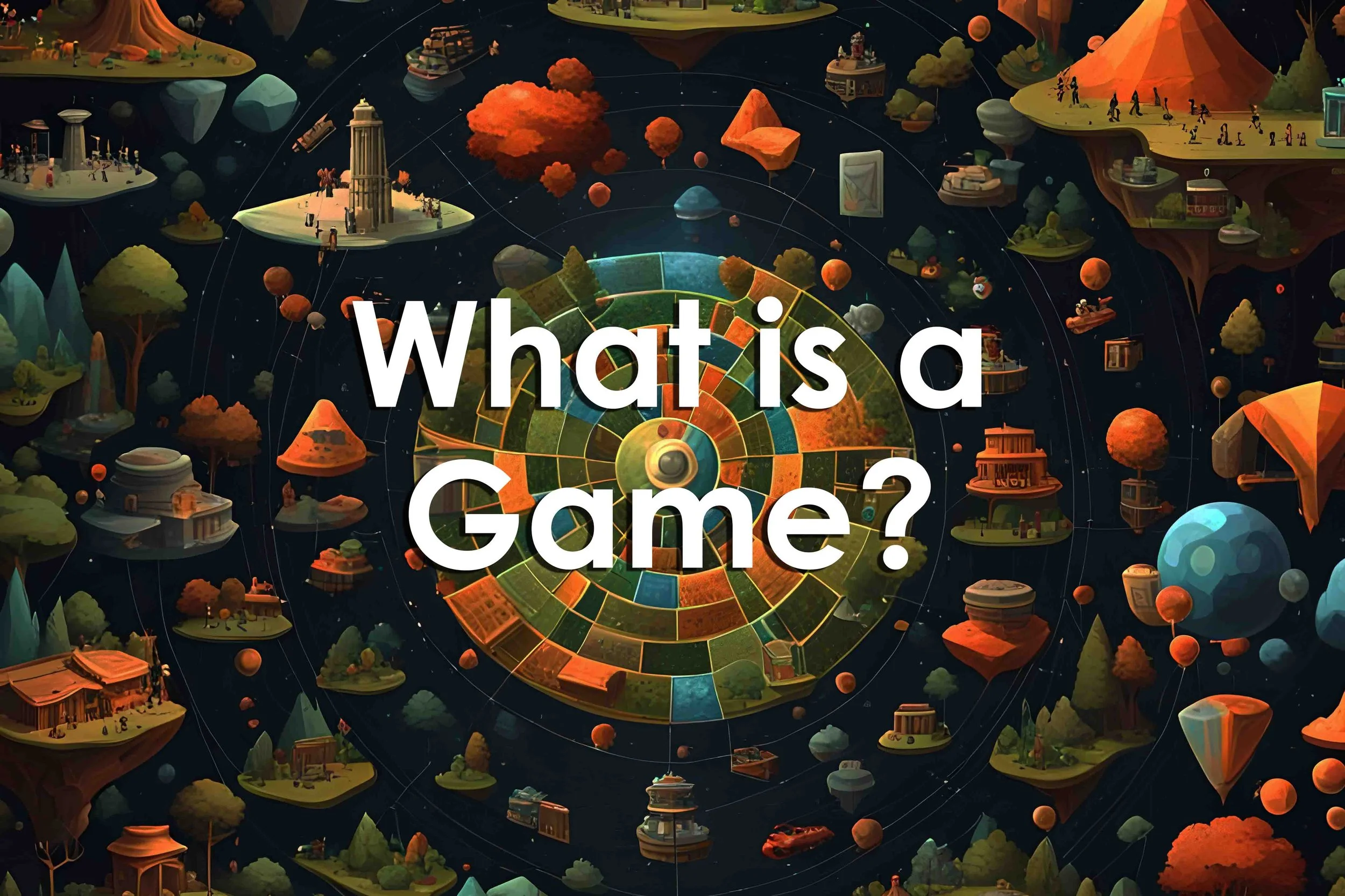

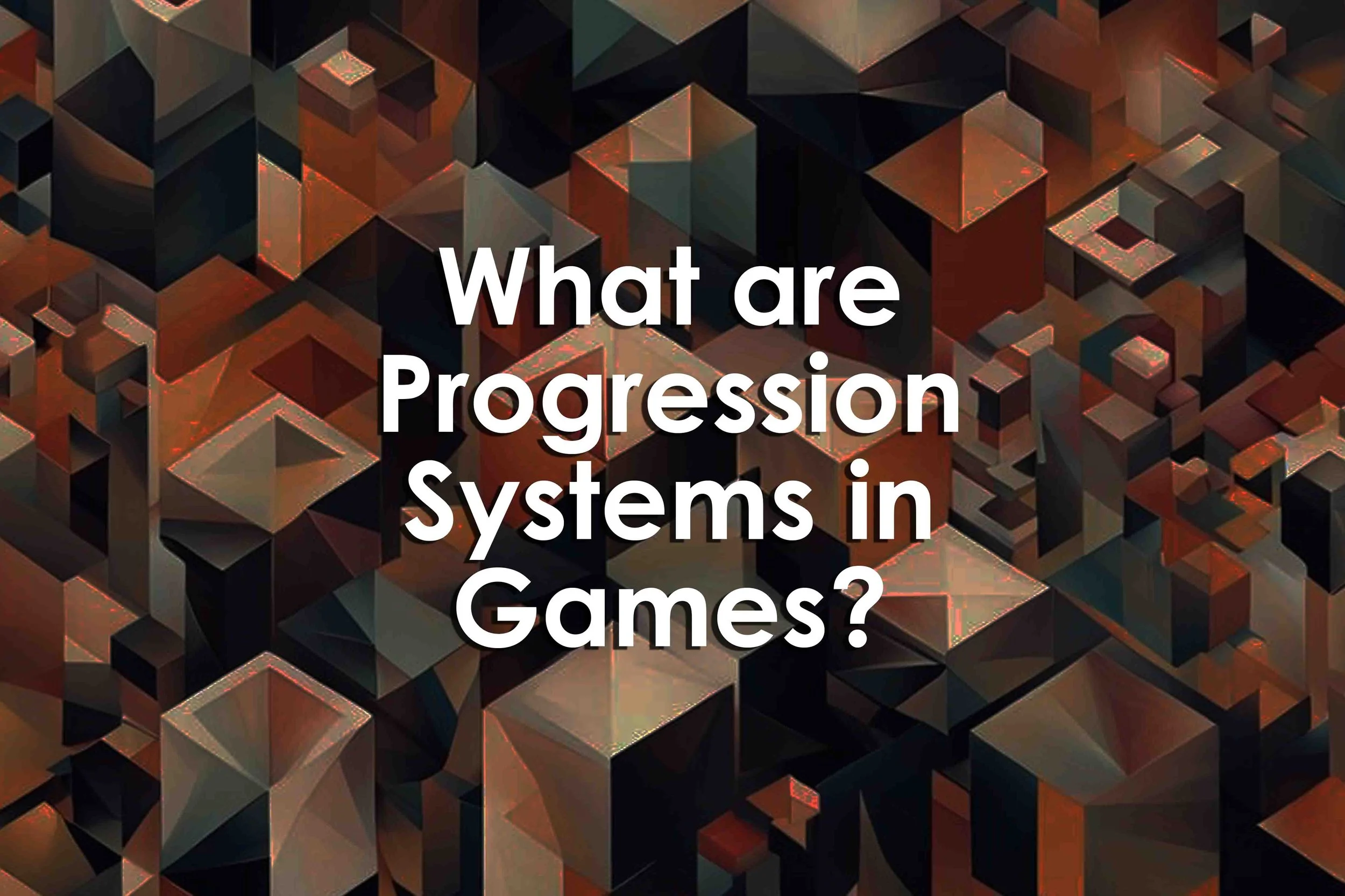








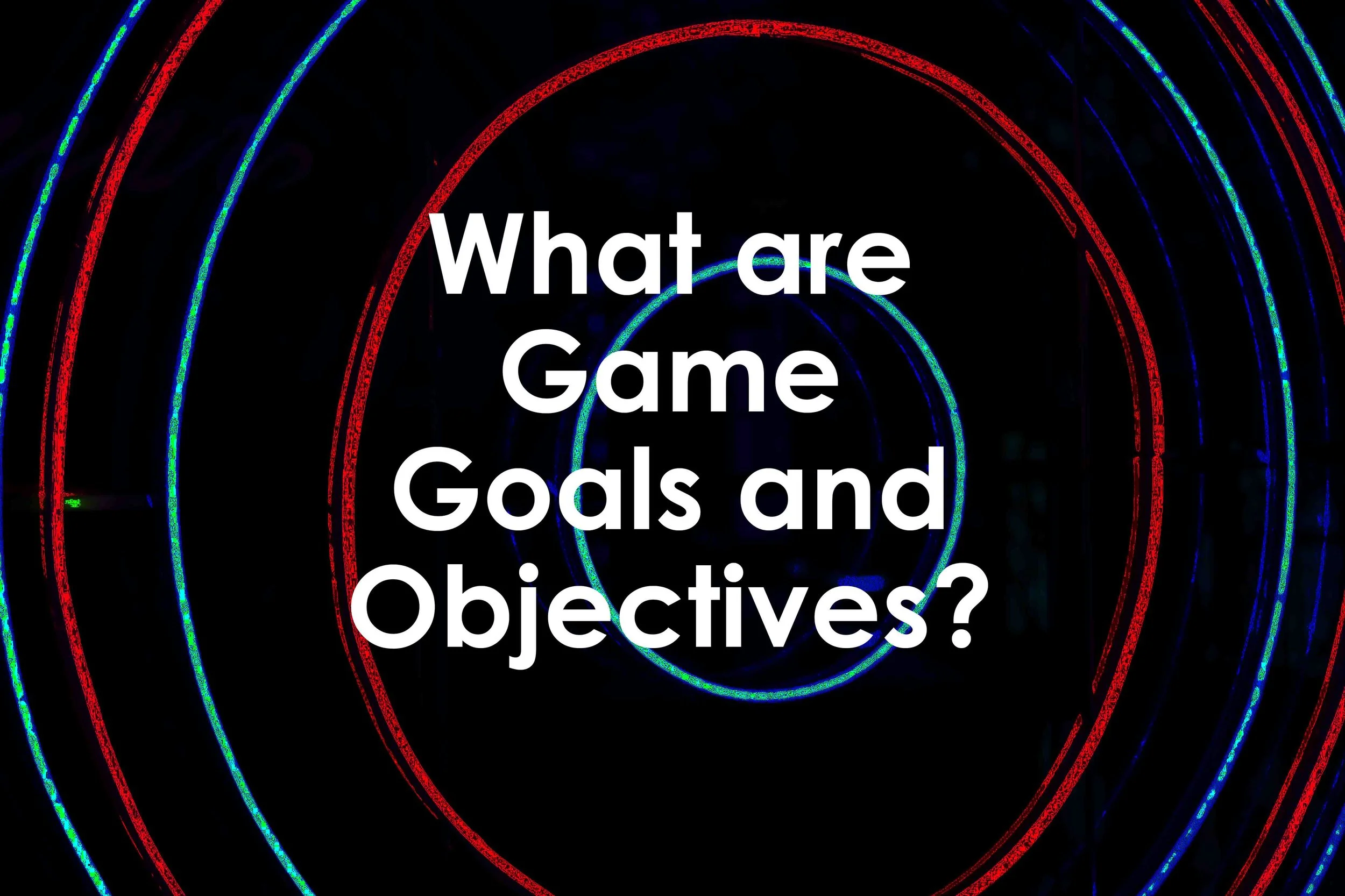
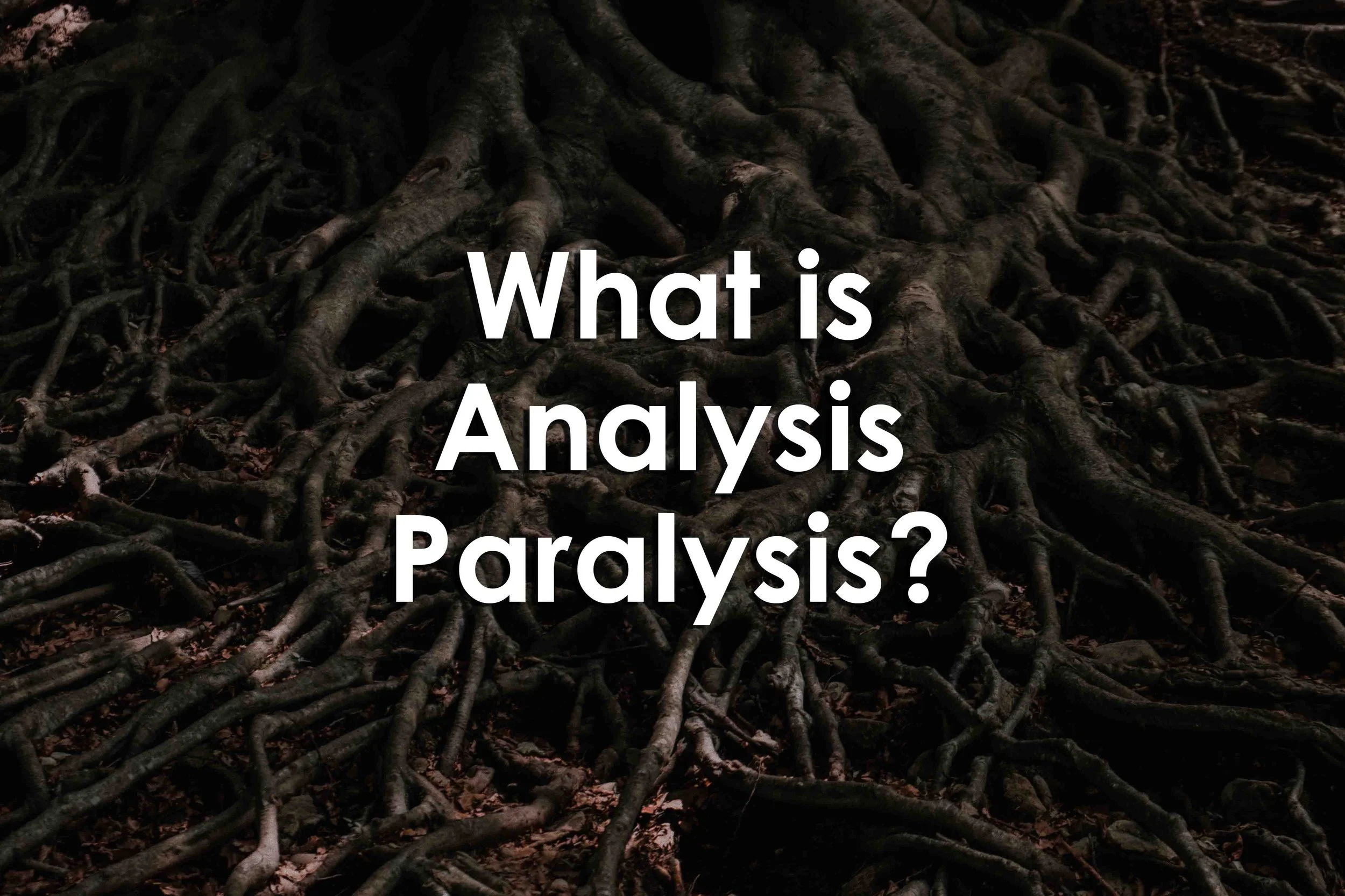
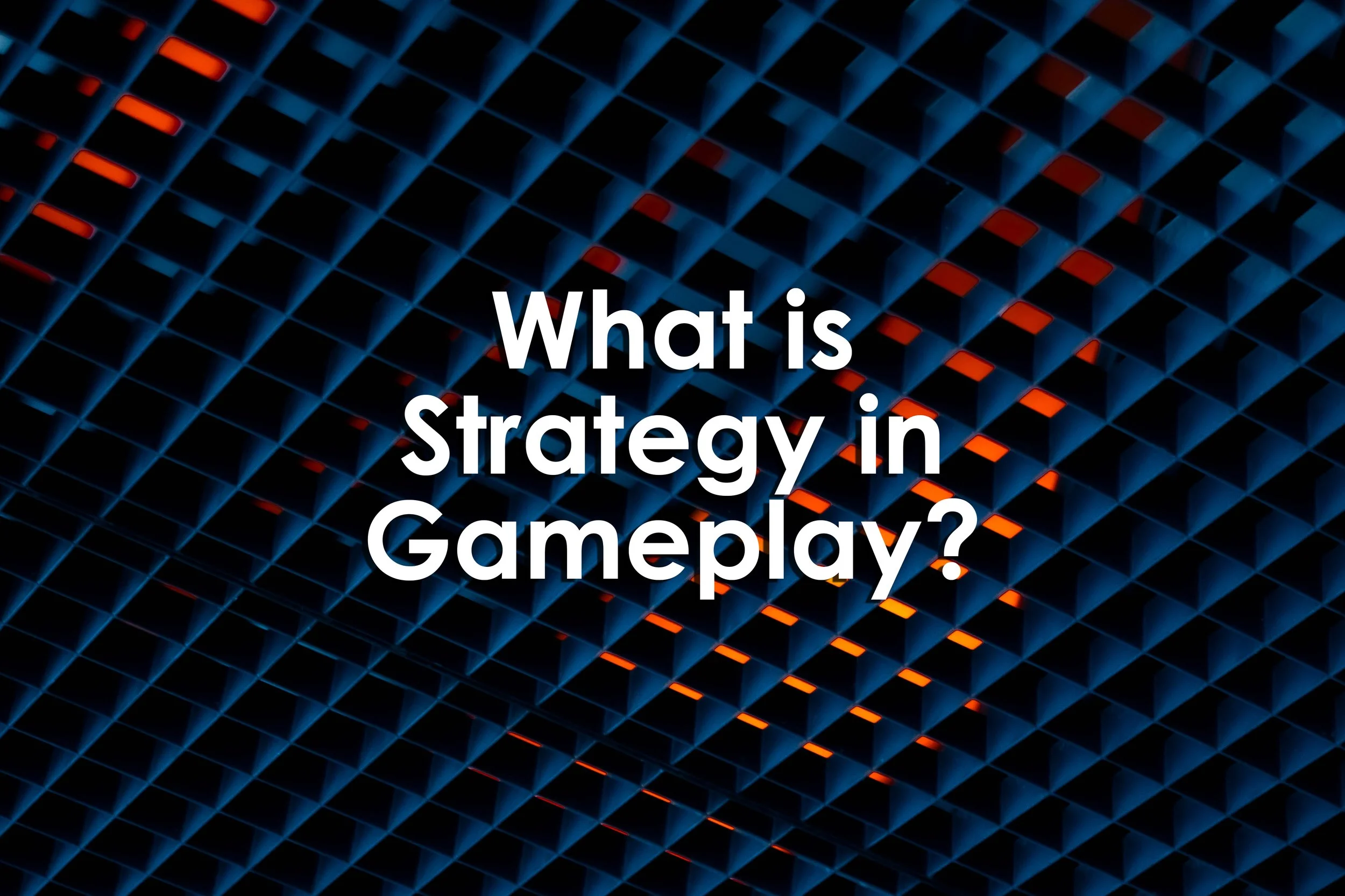










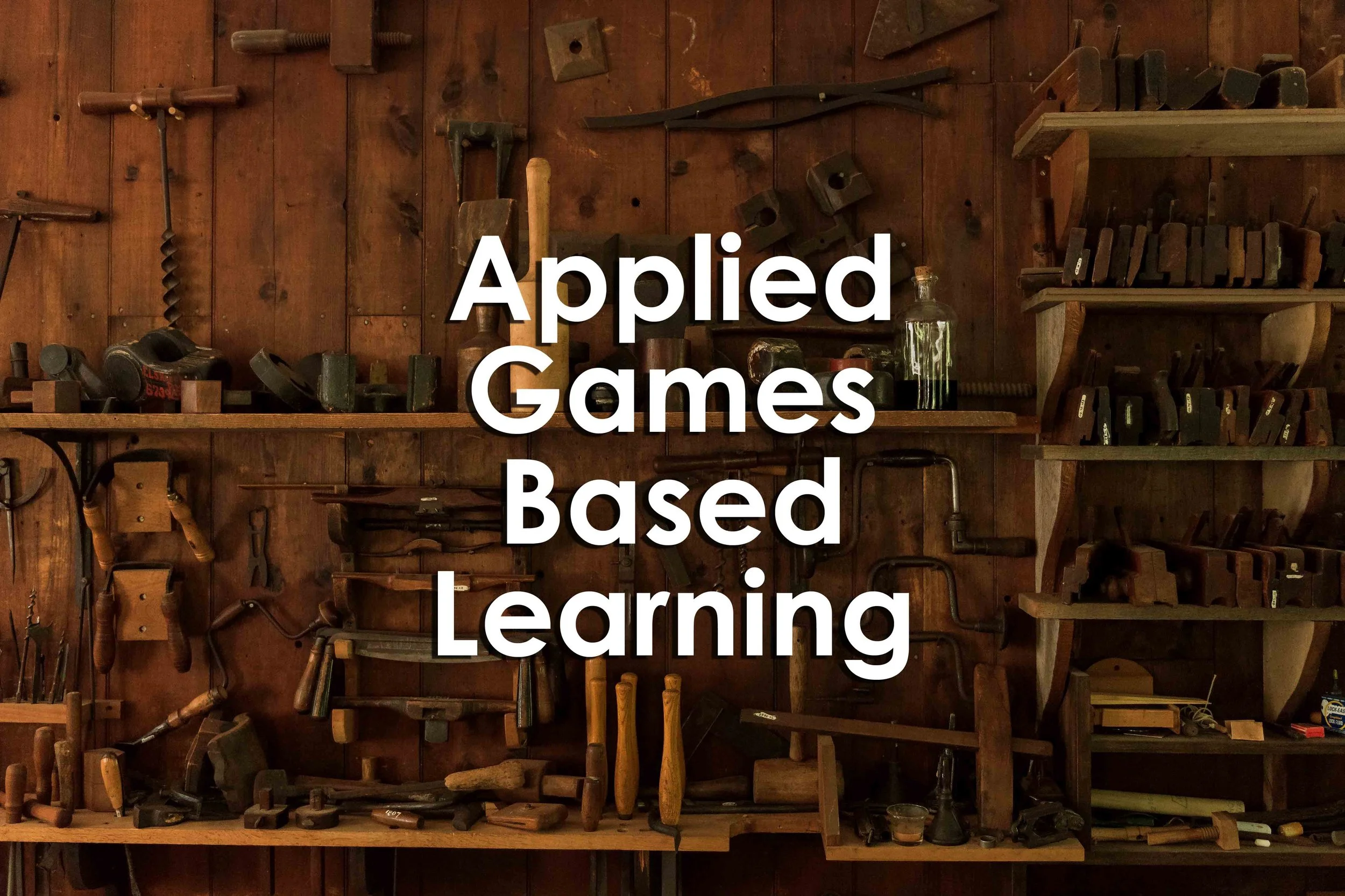
































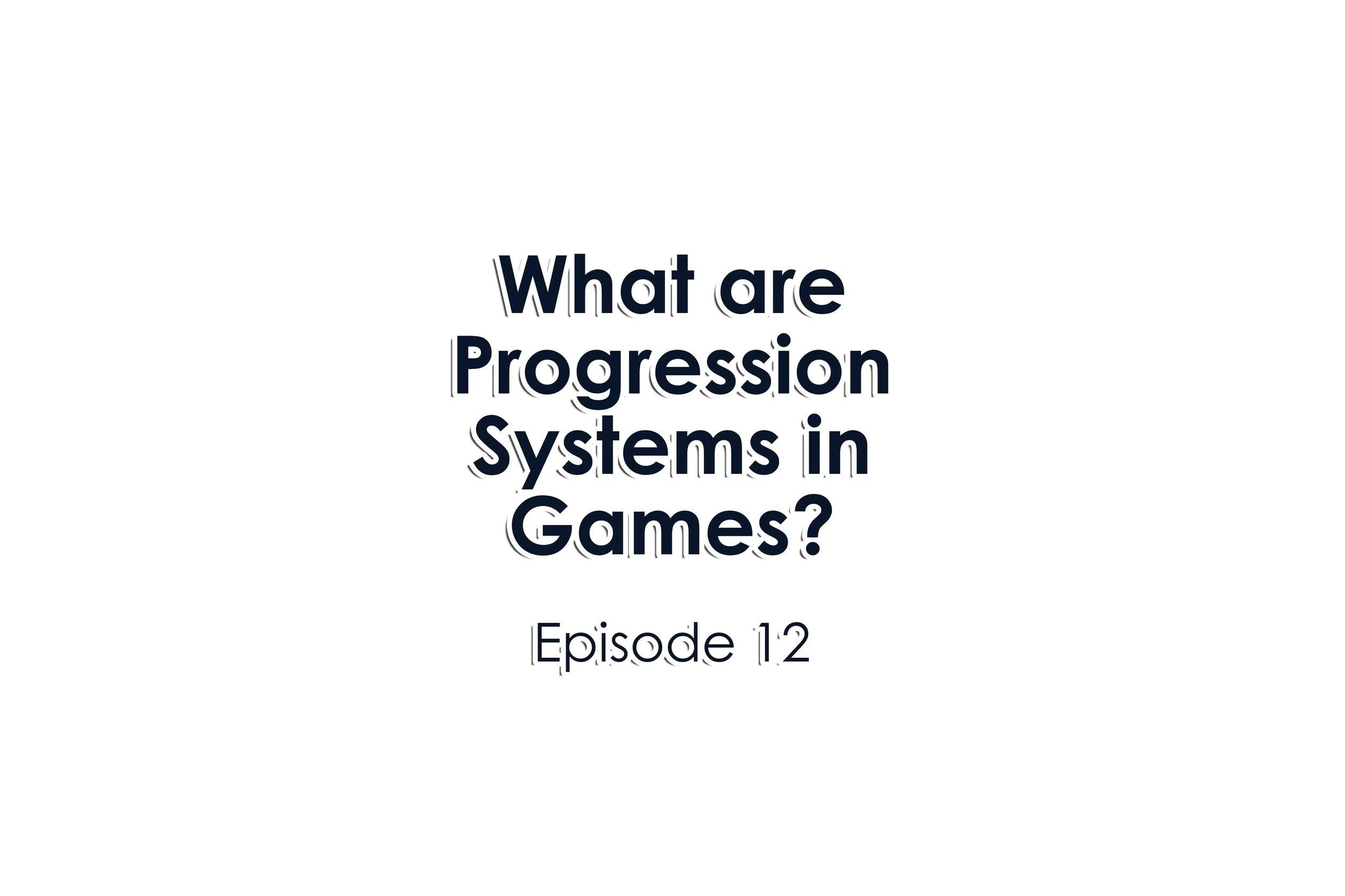








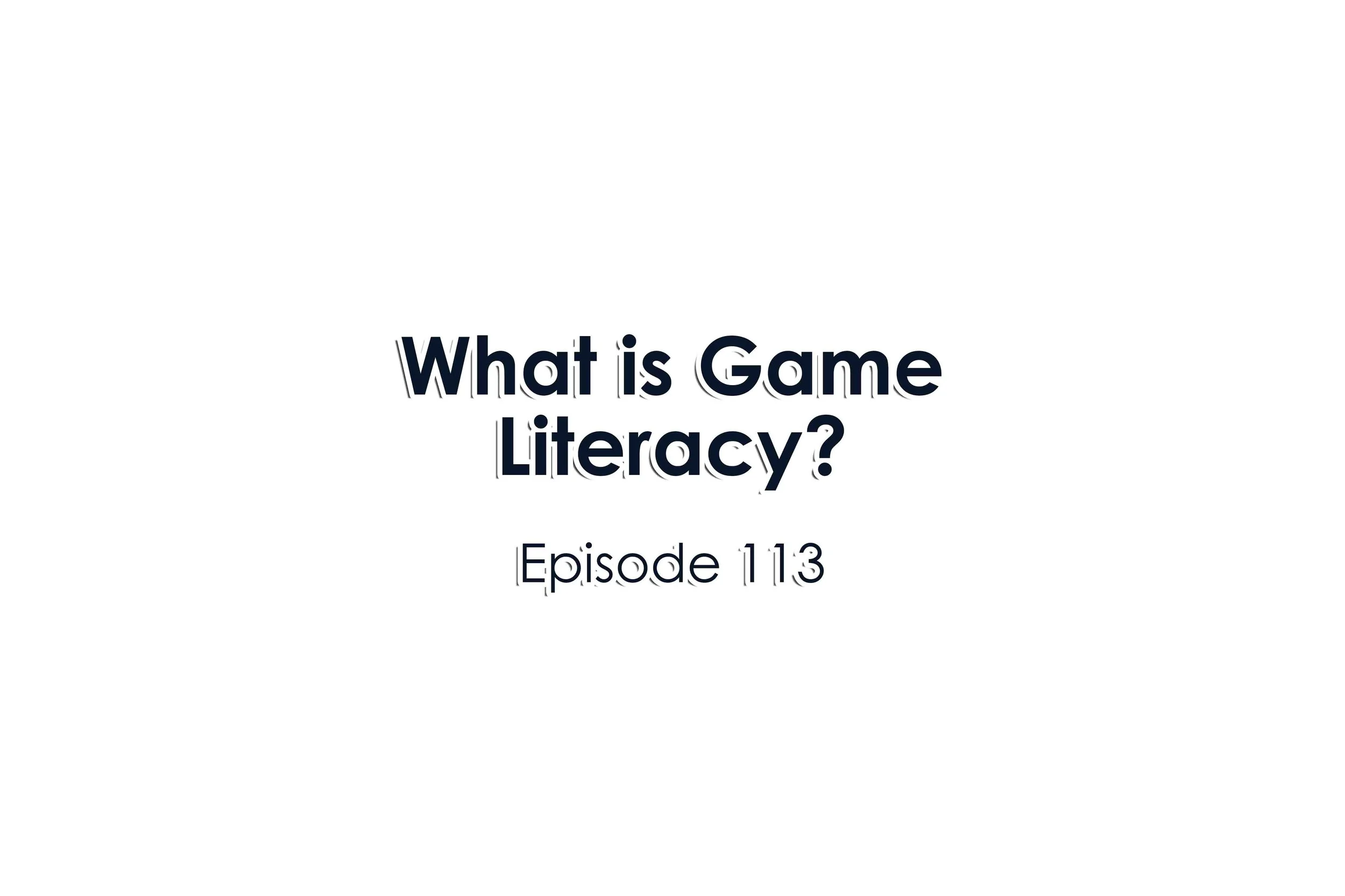

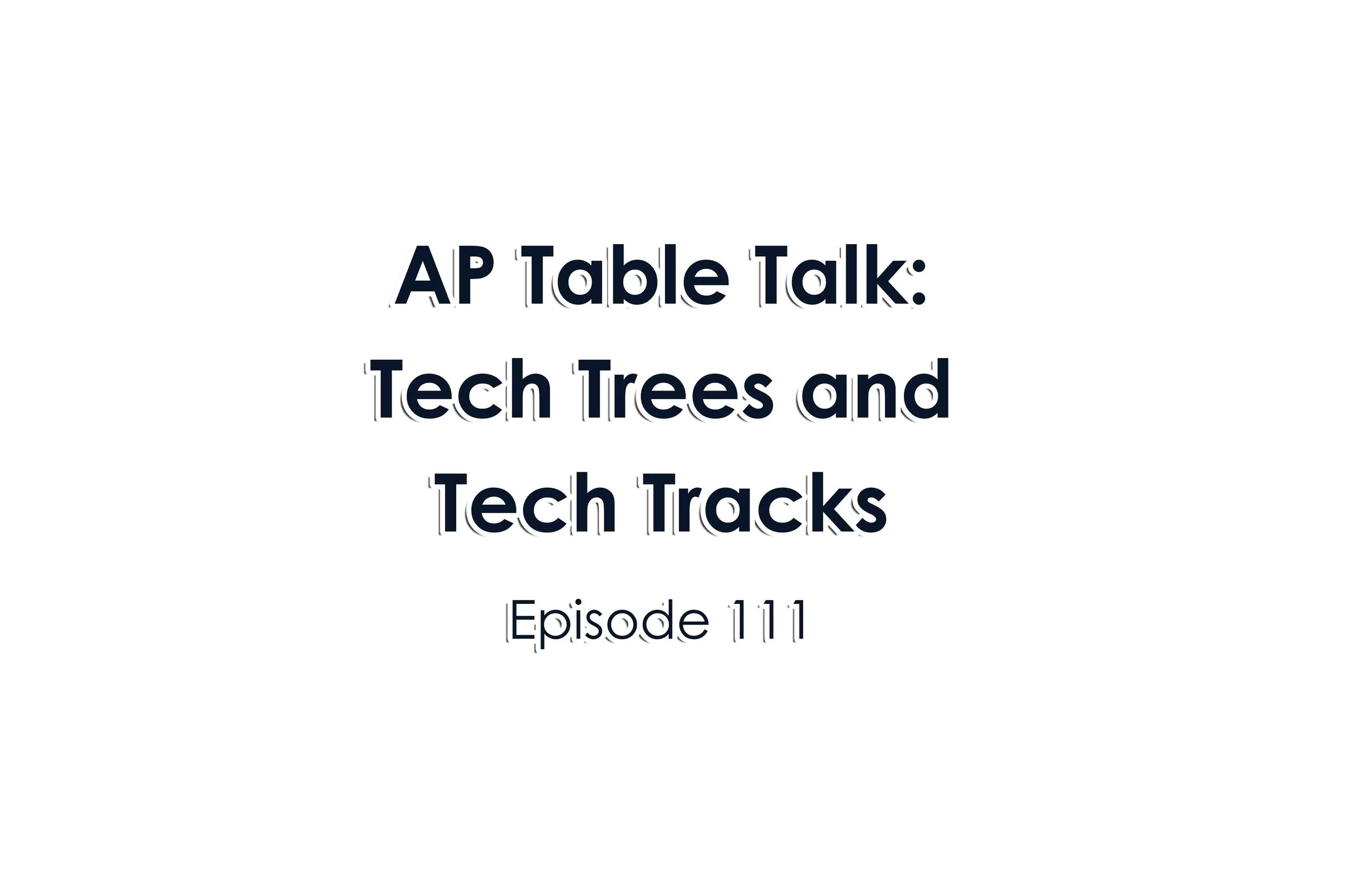













































This article explores the classification of games into competitive, cooperative, and hybrid types, analyzing their structures, goals, and social impacts. It discusses challenges in categorization, the history and applications of each type, and how games can enhance teaching, learning, and social-emotional development through tailored design and player engagement.